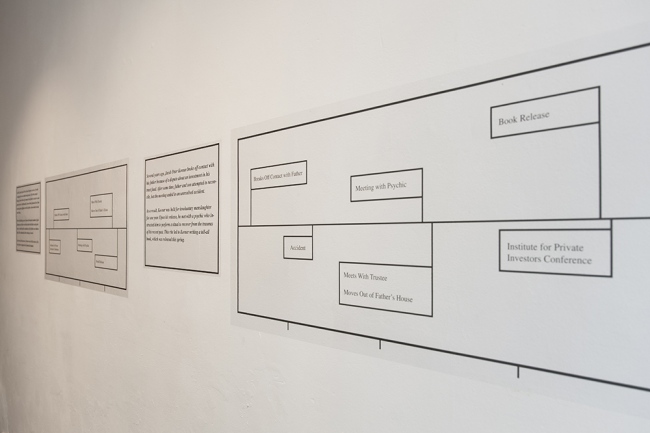
Novel and artist bio timelines, vinyl wall sticker
Trust was presented at Vriend Van Bavink, Amsterdam from June 13th-18th, 2016

Novel and artist bio timelines, vinyl wall sticker
Trust was presented at Vriend Van Bavink, Amsterdam from June 13th-18th, 2016
Built with Berta.me
JPK ©